Cédric Saleck and his wife, Céline, live in Logonna-Daoulas, a village set in the center of a 5-mile-long peninsula surrounded by the waters of France’s Bay of Brest. So, it’s no surprise that the couple has accumulated a small fleet of boats. They have a 29′ sloop-rigged cruiser, a 12′ fiberglass sailing dinghy, two double kayaks, and a 15′ fishing dinghy, but still, something was missing. What they longed for was a pénichette—literally a “little barge” that could be, as Cédric called it, their “floating hut.” A search of the web turned up a lot of boats that could work as a comfortable retreat—after all, France is laced with canals and boats designed for leisurely travel on them. But everything his web search turned up was either too big and expensive or just ugly. While the openings in the bulkheads seen here are not in the original design, they give the cabin a more spacious feeling and will improve the circulation of heat from the woodstove. The blue foam padding that's wrapped around the arched roof beam will come off when the roof goes on but perhaps not before the occupants learn to duck when passing through the cabin.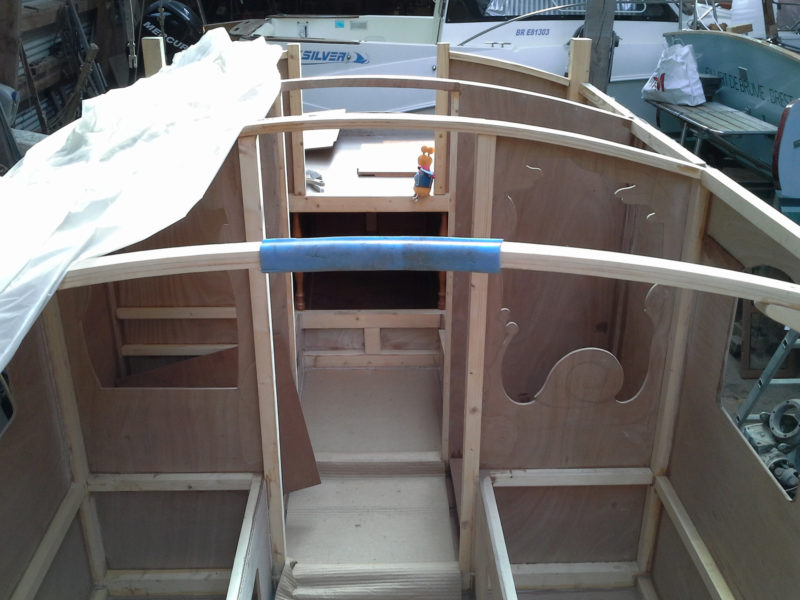 Photographs by and courtesy of Cédric Saleck.
Photographs by and courtesy of Cédric Saleck.
Join The Conversation
We welcome your comments about this article. If you’d like to include a photo or a video with your comment, please email the file or link.

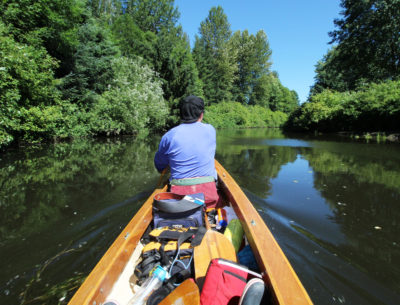
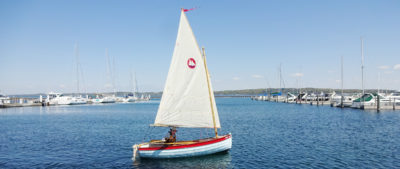
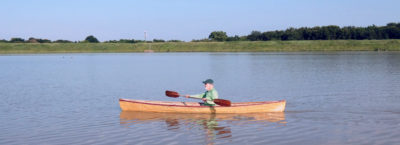
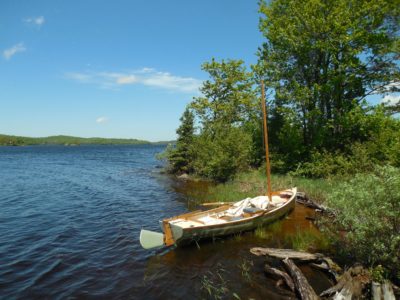
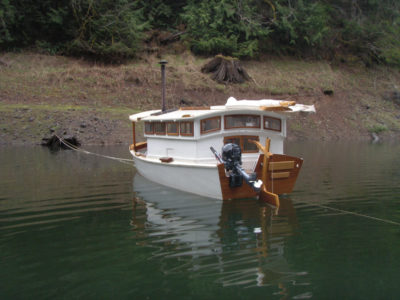

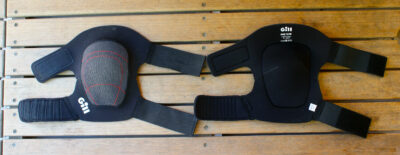
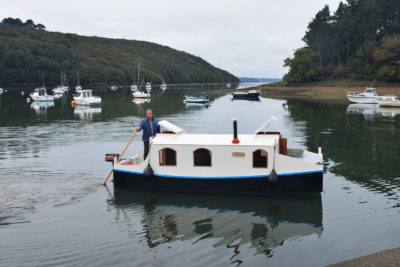
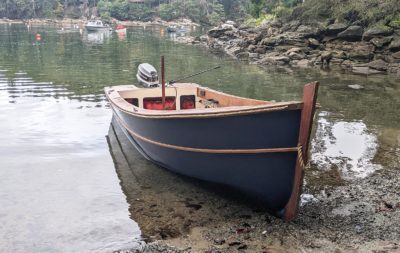
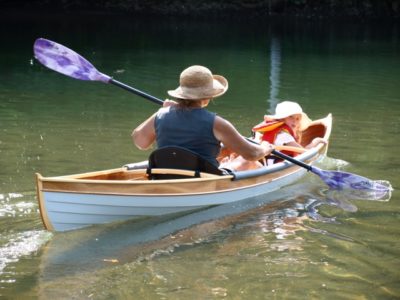
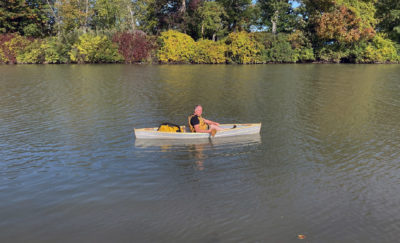
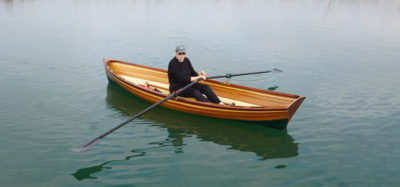
I want one!
Now that is thinking “inside the box” in the best possible way. This boat is so unique and charming. I think I would like one of these, because spending a weekend on the water in quiet contemplation is what appeals to me most, whether going at a snail’s pace, or standing still on the water enjoying nature.
I love the boat. I am doing something similar and plan to cruise our canal system in Ontario Canada.
A link to your site, your blog?
Phil has an informative “Phil Boyer” YouTube channel that has a lot of information about his latest project.
The finish on the plywood is beautiful. I would be concerned about the finish around the wood stove. It’s very close quarters there and after a few cold nights one might notice some damage from the heat, even on the deck. Some light gauge sheet metal mounted on spacers would create a barrier and also create some air flow. A snail with blisters is no fun.
The surfaces surrounding a wood stove do indeed get hot. BONZO’s wood stove has a piece of corrugated steel about 18″ high around the stove. Its bottom edge is elevated to provide for the flow of air behind the steel and it’s set 3/4″ off from the plywood. I have steel between the wood stove and the walls windows of HESPERIA too. The heat warped the 1/4″ plexiglass before I made a shield for them.
Some ceramic tiles might be a nice touch
Congratulations on a beautiful boat. I know what you mean about the time it takes to build even a simple boat – my Escargot, NUTSHELL, took over a year of part-time work. I’m glad you added the extra headroom as I did the same and find it just right. Well done, and may you have many years to enjoy her!
Brent
Tasmania, Australia
What’s the Bahamian sloop boat in the background on the mud?